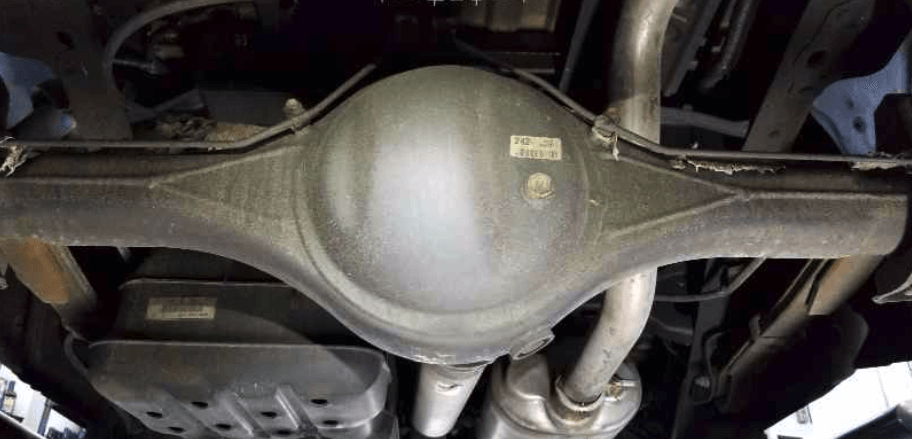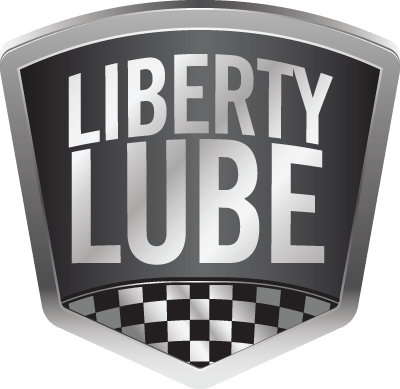DIFFERECTIAL FLUID SERVICE
Most often, people change their vehicles engine oil as per the manufacturer specifications or earlier, but have you ever maintained your vehicles differential fluid? Changing the differential oil is one of the most overlooked maintenance tasks on trucks, SUVs, and passenger cars. The differential is out of sight and therefore usually out of mind, and yet it can seize to operate halting your vehicle just like your engine.

WHAT IS A DIFFERENTIAL?
The differential is a component in all vehicles and is designed to compensate for the difference in distance the inner wheels and outer wheels travel as the car navigates around a corner.
For example; Let’s say a vehicle is making a right-hand turn, during the turn the inside wheels (closet to the curb) travel a shorter circumference than the outside wheels (driver side), therefore the curb side wheels must rotate at a much slower speed. In vehicles without a differential, such as a kart, both driving wheels are forced to rotate at the same speed. Since opposite wheels travel different distances at the same speed during the turn, a jumping or shuffle effect is caused; similar to that of a 4x4 truck in 4x4 mode turning on dry pavement.
In rear wheel drive vehicles, the differential has its own housing and type of lubrication. Front wheel drive vehicles typically integrate the differential in the transmission housing and share the same fluid.
The two most common differentials are the “open” differential and the LSD or limited slip differential. In the “open” differential design, when one wheel has poor traction (on snow, ice or mud), this greatly limits the amount of power (torque) that gets delivered to the wheel with traction (on pavement) as the torque distribution is always 50/50 in this design. If one wheel takes very little power to turn (the wheel on snow, ice or mud) then the other wheel will receive an equally low amount of torque (the wheel on pavement).
Another common differential is the LSD, limited slip differential. The LSD is designed to prevent limited power from being allocated to the tire with most traction by means of a clutch system. This clutch pack locks both wheels in powered rotation, ensuring that an equal drive force is applied to both wheels regardless of traction abilities of either tire.
What does the Differential fluid do?
The purpose of the differential fluid is to cool and lubricate the complete gear assembly and clutch pack (in LSD) that transfer power from the driveshaft to the wheel axles. Differential oil, referred to as “gear oil”, is found in the differential housing. It is thicker than engine oil and is designed to meet the performance requirements of pressure and temperatures associated with meshing of gears and the clutch pack engagement (applicable in LSD). Limited slip differentials often require a friction modifier additive. Differential lubricants that are typically recommended to lubricate the differential assembly may cause chatter in LSDs. To prevent this chatter, additives are formulated with special friction modifiers to ensure smooth operation of the spring-loaded clutch packs.
Why Change the Differential Fluid?
As differential oil ages it collects and suspend metal particles and may even be exposed to water intrusion. Over time these contaminates will cause premature wear and may cause damage to the gear and or clutch assembly.
We recommend changing your differential Oil fluid as per your manufacture specifications to protect against normal driving conditions. This may range from 35,000 to 120,000KM depending on your specific make and model vehicle, however; there are several other factors to consider that will contribute to a much earlier service:
- If you own a truck and tow or haul on a regular basis it will cause the differential fluid temperatures to rise to levels that will cause them to wear / burn much sooner than under normal driving conditions.
- Your driving conditions or style. You may travel by highway, city, off road, or just have a heavy foot. It is important to take some time to read the owner’s manual for your vehicle as it will contain your vehicles service intervals.
- If your vehicles differential has been submerged under water, it is possible for water to enter through a breather tube or in the event of damaged axle seals that leak oil, they can also allow water intrusion, contaminating the oil, stripping it of its performance and protecting abilities. If left unchecked this may cause corrosion, increased friction and may damage the differential gears.
Changing your differential oil is equally important as changing your engine's oil. Lubricants fail over time under normal operating conditions and much earlier under severe conditions. Metal to metal contact creates heat from friction, prematurely wears down gear and bearing surfaces and ultimately causes gear and clutch assembly failure.
At Liberty lube our software has your vehicles specific make and model specifications, recommendations and time intervals, so you never need to worry wear you placed your owner’s manual.

